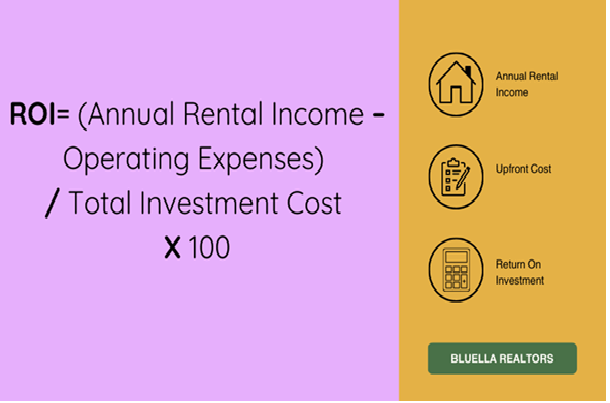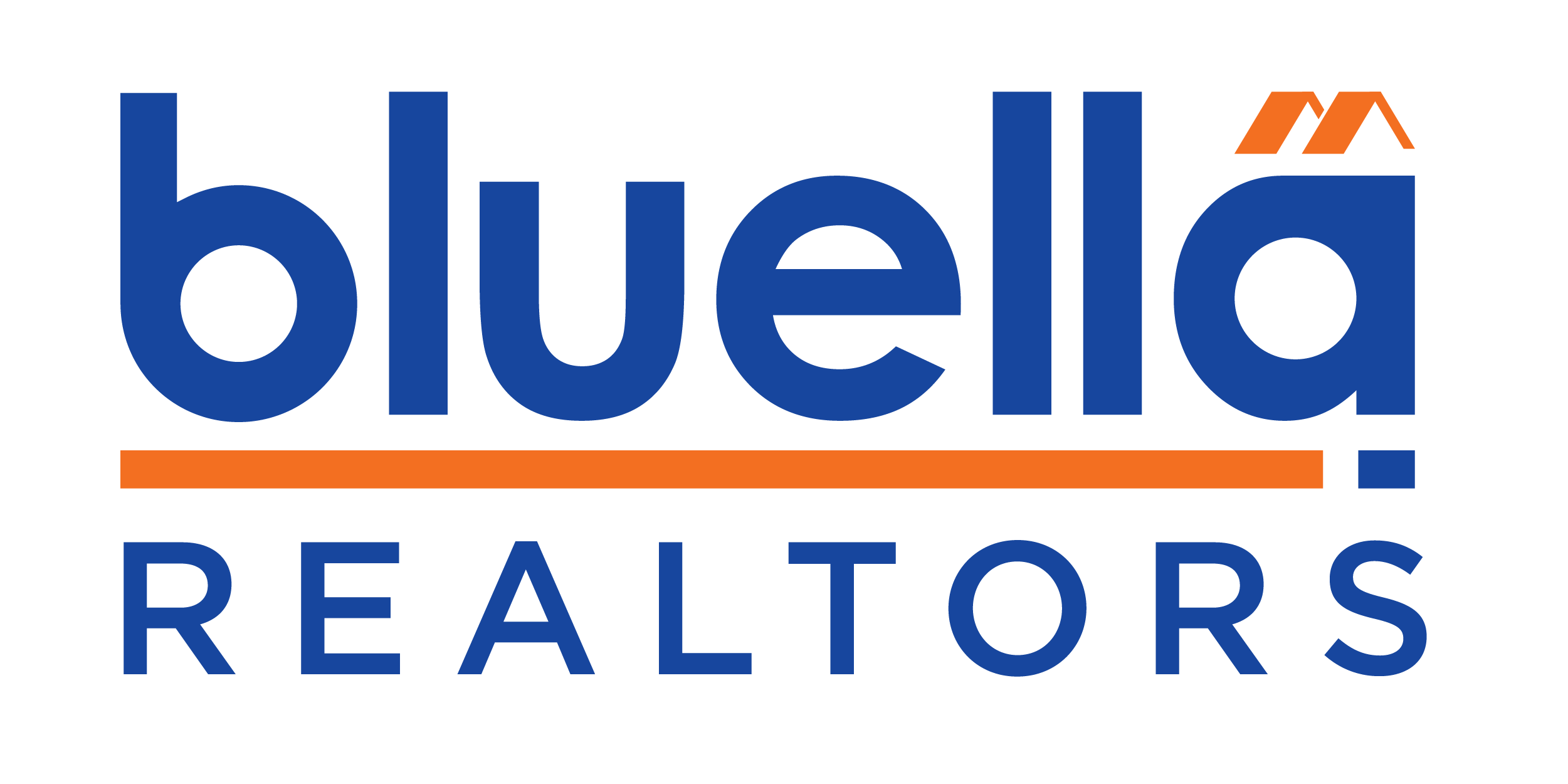
As industrial property investments continue to skyrocket, global demand for warehouse space is projected to increase by 15% each year until 2030, driven by the e-commerce surge, it may be tempting to jump right in. Yet, not every properties will deliver the ROI you’re hoping for.
So, how do you separate the golden goose from the white elephant?
Types Of Industrial Properties
Industrial real estate isn’t a uniform field. Here’s a brief overview of the primary types:
- Warehouses: These are the unsung heroes of the e-commerce industry, holding goods and materials for distribution.
- Manufacturing Units: These sites are where production activities take place, ranging from assembly lines to heavy-duty equipment.
- Distribution Centers: Picture these as the speedy hubs where items arrive, get sorted, and are shipped off to their final destinations.
- Flex Spaces: These properties combine both industrial and office environments, ideal for businesses with varied requirements.
- Cold Storage Facilities: With online grocery shopping on the rise, these refrigerated units are increasingly sought after.
How Do Different Types of Industrial Properties Affect ROI Calculations?
Every type of industrial property has its unique ROI characteristics. For instance, warehouses tend to provide steady returns due to strong tenant demand, yet they may necessitate considerable initial investment. Manufacturing units could present higher rental yields but usually incur greater maintenance and customization costs. Distribution centers are profitable but can be influenced by market factors like e-commerce expansion or shipping expenses. Whereas, cold storage facilities generally command higher rents but come with specific maintenance costs (keeping those temperatures just right isn’t inexpensive!).
Your ROI will hinge on elements like tenant dependability, lease agreements, and the property’s flexibility for future market shifts.
Which Industrial Property Types Usually Offer Higher Returns?
It’s not a straightforward answer, but certain patterns are evident.
Cold storage facilities frequently yield the best returns due to their specialized focus and increasing demand. Warehouses, particularly those located near urban areas or transport links, provide consistent and reliable ROI. Distribution centers, driven by the e-commerce surge, can be very profitable but are also susceptible to market fluctuations.
Key Factors Affecting ROI In Industrial Real Estate
Investing in industrial property is like a game of chess. One needs to foresee each move to enhance returns. ROI is the key indicator of your success and numerous factors influence it. From location and market trends to specific property details, here’s how these aspects impact your profits.
Location-Specific Factors
In industrial real estate, location is paramount. An industrial facility situated in a remote area won’t perform as well as one near a vibrant transport hub or an industrial park. Here’s why:
- Proximity to transport hubs: Industrial properties close to highways, ports, or airports draw tenants seeking efficient and affordable logistics. For instance, a warehouse adjacent to a port could demand higher rents due to its strategic position.
- Zoning laws: Local zoning regulations dictate whether industrial properties can be utilized for warehousing, manufacturing, or mixed-use activities. Favorable zoning can elevate property value and rental income, while restrictive laws might limit ROI potential.
- Urban vs. rural areas: Properties situated near urban areas generally provide better ROI due to increased demand. However, rural industrial properties may present lower acquisition costs, balancing the equation.
Market Trends and Economic Factors
The ROI of industrial properties is closely tied to broader market movements.
- E-Commerce Growth: The boom in online shopping has increased the demand for industrial warehouse spaces, especially in urban areas. Properties that align with this trend usually see higher returns.
- Economic Stability: A strong economy supports industrial activities, ensuring a consistent flow of tenants. On the other hand, economic downturns can lead to increased vacancy rates.
- Supply Chain Shifts: Factors like globalization, reshoring, or geopolitical events can change the demand for industrial real estate, directly affecting ROI.
Monitoring these trends ensures you’re not just investing for today but also gearing up for future expansion.
Property-Specific Factors: Size, Condition, and Tenant Type
Not all industrial properties are the same. The size, condition, and tenant type can significantly influence your ROI.
While a bigger industrial warehouse might appear to be a great buy, if it ends up being too large for what local tenants need, it could remain unoccupied. It’s vital to align the property size with market demand. Industrial buildings that are well-kept typically command higher rents and draw in better tenants. Properties that need frequent repairs can cut into your profits, ultimately lowering ROI. Dependable tenants with long-term leases provide steady income. Conversely, frequent tenant changes or specialized industries with variable demands can increase risk.
Financial Analysis For ROI Assessment
After assessing location and property-specific factors, the next step is to analyze the finances. A thorough financial assessment helps ensure that your investment is sound.
Essential Financial Metrics
- Rental Yield: This shows the annual rental income as a percentage of the property’s purchase price. Higher yields suggest better short-term profitability.
- Operating Expenses: Ongoing costs like maintenance, property taxes, and insurance can greatly influence ROI. Always include these in your calculations.
- Property Appreciation: In addition to rental income, think about how much the value of the industrial property might rise over time.
Calculate Annual Rental Income and Compare It to Upfront Costs
Understanding your income and expenses is the starting point for calculating ROI. Let’s break it down:
- Annual Rental Income: Total up the rent your tenants pay every year. For instance, if your industrial warehouse brings in ₹12 lakhs yearly, that’s your base income.
- Upfront Costs: Factor in the purchase price, closing costs, and any necessary initial repairs or renovations.

If your rental income after expenses is ₹10 lakhs and your total investment is ₹1 crore, your ROI stands at 10%.
Role Of Financing Options in ROI Projections
Financing can be a mixed blessing for investors in industrial real estate. On one hand, taking out loans lowers upfront capital needs, enabling you to invest in larger or better-positioned properties. However, interest rates and loan conditions greatly affect ROI:
- Interest Rates: Lower rates lead to reduced borrowing costs, enhancing returns. On the flip side, higher rates can diminish profits.
- Loan Terms: Longer repayment periods may lower monthly payments but can increase the total interest paid, impacting long-term ROI.
- Down Payments: A larger down payment decreases reliance on loans and boosts immediate cash flow but uses up more capital initially.
Are you looking for an industrial property?
Whether you’re on the hunt for a high-return industrial warehouse, well-placed industrial land, or adaptable industrial units in bustling industrial parks, we’re here to make the process easier for you. Our specialty is connecting investors like yourself with industrial properties that enhance ROI and suit your business objectives.
- Market Insights
- Custom solutions
- Strategic investment strategies
Don’t let the complexities of the market hold you back.
Reach out to Bluella Realtors today to discover available industrial spaces and take the first step toward a successful investment journey!

